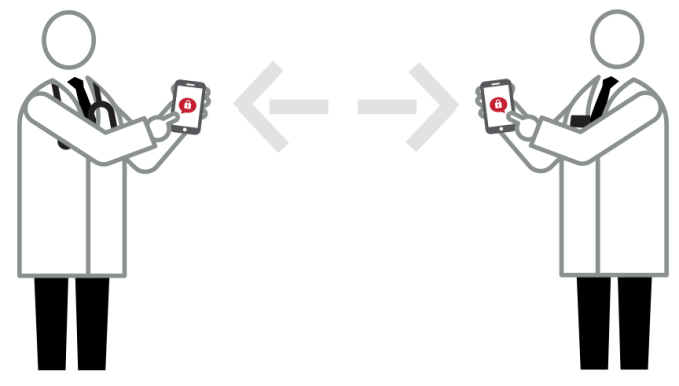Four Steps to Successfully Deploy Your Secure Clinical Communications Solution
Pagers and other outdated technologies for clinical communications cause significant productivity and economic problems for hospitals. The negative impact of these communication systems is causing many organizations to replace their pagers with more efficient secure communications platforms. These new platforms for secure messaging can improve care coordination and streamline clinical workflows.
Selecting your new communications solution is only the first step. Pager replacement is a major shift in how doctors, nurses, and other care providers communicate. So, there are several key preparatory steps organizations can take to ensure the successful deployment of their secure communications platform. These steps include:
1. Identifying the Right Team—Implementing a secure communications solution requires a cross-functional IT and clinical team to set up the back-end components, support the deployment of mobile and desktop applications to end-users, and help care providers start using the solution. By identifying the correct resources with the appropriate skills, your organization can set up your new solution more efficiently, thus easing the transition from pagers.
2. Establishing a Clear Policy—Native SMS texting is not secure. So, most organizations prohibit the texting of protected health information (PHI) or other sensitive data. With a secure communications solution in place, you need to revise your policy to clearly indicate that your new solution is HIPAA-verified and approved for text-based messaging. Taking an inventory of your mobile environment is an important step in developing such a policy. Healthcare professionals usually use a mix of BYOD and corporate-owned devices. Understanding the particular mix of devices used at your organization will help you to define your policy more clearly. For example, some organizations opt for policies that apply to all users whether they use their own device or a corporate-issued phone. Other organizations elect to implement a separate policy for BYOD.
3. Understanding Clinical Workflows—User adoption is crucial to the successful deployment of a secure communications solution. Ensuring user adoption and satisfaction requires an understanding of the specific clinical workflow needs of the solution’s users. Key considerations include:
- Who is communicating regularly?
- What devices are currently used for communications?
- Where are end-users communicating from?
- How frequently do they communicate, and with whom?
By facilitating workflow conversations with your organizations’ staff you will gain valuable insight into their daily communication habits. Such insight may allow you to identify users who could benefit from your solution who you may not have been considered otherwise. Whether you meet with one department to discuss their workflow requirements, or with several , these conversations will empower your organization to communicate securely and ease communication barriers across your clinical staff.
4. Creating User Awareness—When you are ready to launch your secure communications solution, it is important to create user awareness to drive adoption and create excitement among the staff you are enabling with more convenient, effective communications. This is especially important if care providers have been subject to a “no text messaging” policy. In such cases, staff may be hesitant to start using a secure texting solution to communicate PHI and coordinate care. Users are typically eager to adopt new technologies when they understand the benefits. So, part your awareness effort should be to encourage users to send detailed PHI via their new secure communications solution to demonstrate its value.
These are a few of the important steps organizations can take when moving to a secure communications solution. If this kind of work is done up front, you are far more likely to achieve success with your secure communications system deployment. By effectively planning and implementing your new solution you can give your clinical staff a more efficient, robust platform to improve the communications, the care coordination and—most importantly—the patient care at your facility.
